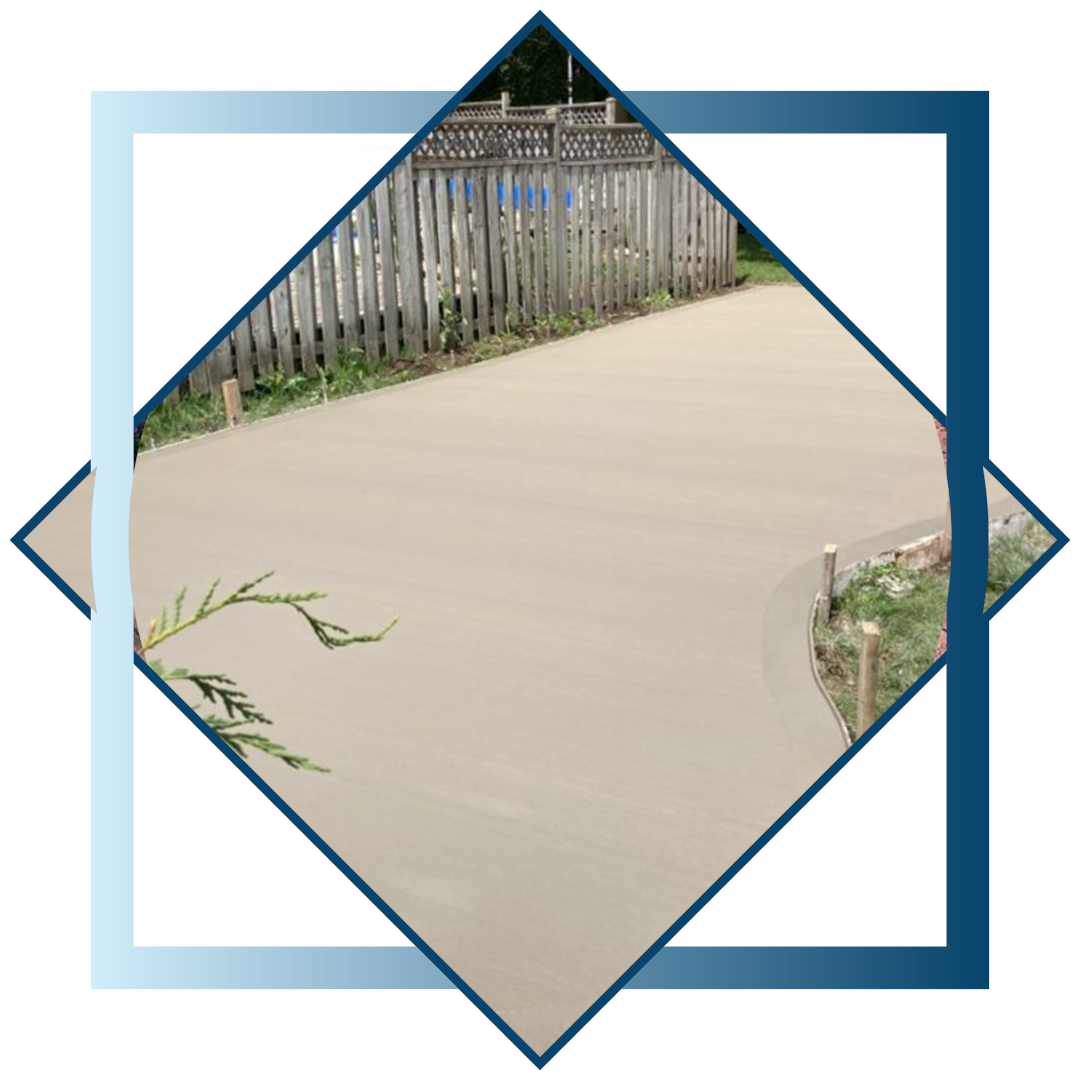Although the cement that was utilized was various to today's concrete material-- the concept was similar.Today Portland clinker based cement is the most typical sort of concrete in use. Concrete is a composite product, consisting mostly of Rose city concrete, water and aggregate (gravel, sand or rock). When these products are mixed with each other, they develop a practical paste which Visit this site after that gradually hardens over time. Around 3000 https://writeablog.net/farelajorq/this-sort-of-concrete-is-strengthened-with-steel-bars-or-mesh-to-increase-its BC, the old Egyptians made use of mud mixed with straw to develop blocks.
- Proper reinforcement and treating can assist minimise the impacts of shrinkage.
- Concrete toughness worths are usually specified as the lower-bound compressive toughness of either a round or cubic sampling as established by typical test procedures.
- It wasn't up until 1793 that the modern technology took a large leap forward when John Smeaton discovered a much more modern-day approach for generating hydraulic lime for concrete.
- Generally, lime, chalk or oyster shells continued being used as the cement developing agent up until the early-1800s.
- Traditional conditions for curing involve splashing or ponding the concrete surface with water.
Bendable, Self-healing Concrete
What is a concrete word?
Concrete words are tangible words referring to that which can be measured and observed. Sunlight, cars and truck, blue, and jump are all instances of concrete words. Concrete words are normally physical in form, describing the experiences of the five detects.

Several of these frameworks have withstood the test of time and have stood up to even contemporary initiatives at demolition. In making concrete, the Nabataea comprehended the need to maintain the mix as dry or low-slump as feasible, as excess water introduces voids and weaknesses right into the concrete. Their structure methods included tamping the freshly placed concrete with special tools. The tamping process created more gel, which is the bonding material produced by the chemical reactions that take place during hydration which bond the particulates and aggregate together.
Much More From Cement And Concrete Research Study
Concrete core examples evaluated in 1995 showed that the concrete has continued to acquire strength and has higher-than-average compressive toughness. Throughout the late 19th century, making use of steel-reinforced concrete was being created more or less simultaneously by a German, G.A. Wayss, a Frenchman, Francois Hennebique, and an American, Ernest L. Ransome. Ransome began developing with steel-reinforced concrete in 1877 and patented a system that made use of twisted square rods to enhance the bond between steel and concrete. It wasn't till 1793 that the innovation took a huge leap onward when John Smeaton found a more contemporary approach for creating hydraulic lime for concrete.
Can we kick our dependency, when it's so difficult to imagine contemporary life without it? In this series of short articles, Concrete Week will certainly check out the impact of the product on our environment and us, and look at alternative options for the future. Concrete reasons up to 8% of international carbon dioxide discharges; if it were a nation it would certainly be the world's worst culprit after the US and China. It loads our wastes, overheats our cities, creates floodings that kills thousands of people-- and basically transforms our partnership to the planet.

An additional method to conserve weight was making use of very heavy accumulations low in the structure, and making use of lighter, Informative post less dense aggregates, such as pumice, high in the walls and in the dome. The strength of concrete is measured in extra pounds per square inch or kgs per square centimetre of pressure required to crush a sample of a provided age or firmness. Concrete's stamina is influenced by ecological variables, especially temperature level and dampness. If it is allowed to dry too soon, it can experience unequal tensile anxieties that in an imperfectly hard state can not be stood up to. In the process referred to as treating, the concrete is kept damp for some time after pouring to reduce the contraction that takes place as it hardens.
The major advantages of air-entrained concrete include improved workability throughout positioning, boosted resistance to breaking and surface damages, improved resilience against fire damages, and general toughness. Furthermore, the air voids in air-entrained concrete serve as inner padding, absorbing energy during impact and enhancing resistance to physical pressures, consequently enhancing its overall sturdiness. In 1930, air-entraining representatives were developed that greatly increased concrete's resistance to cold and boosted its workability. Air entrainment was an essential development in improving the longevity of contemporary concrete. Air entrainment is the use of agents that, when added to concrete throughout blending, create several air bubbles that are incredibly small and carefully spaced, and the majority of them remain in the hardened concrete. For hydration to occur, concrete should have a minimum water-to-cement proportion of 25 parts of water to 100 parts of cement.